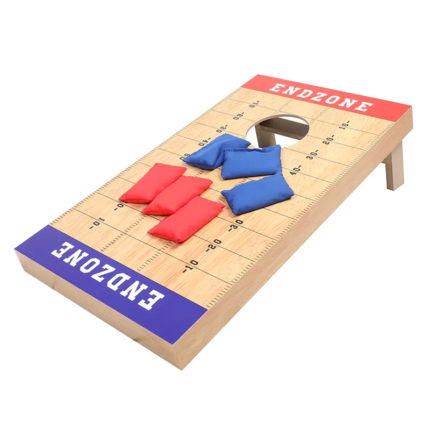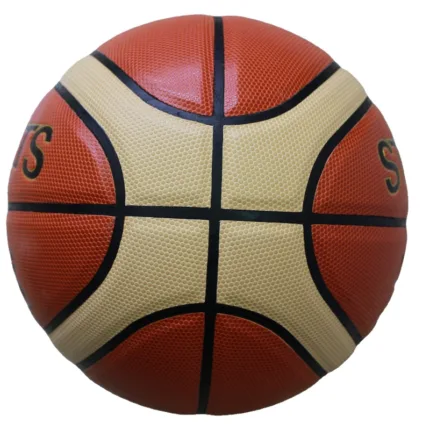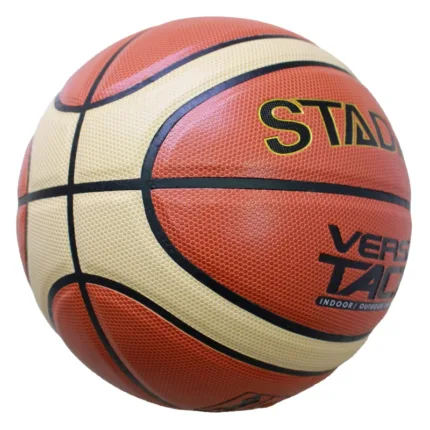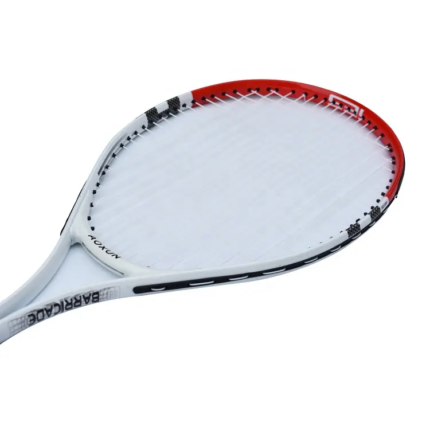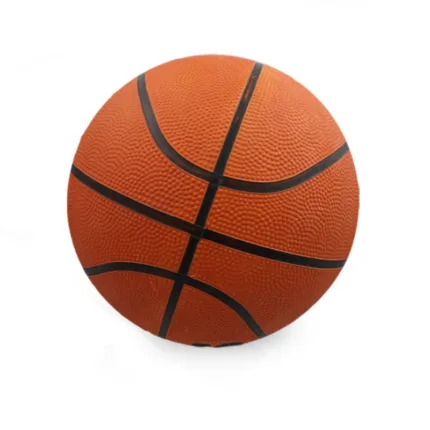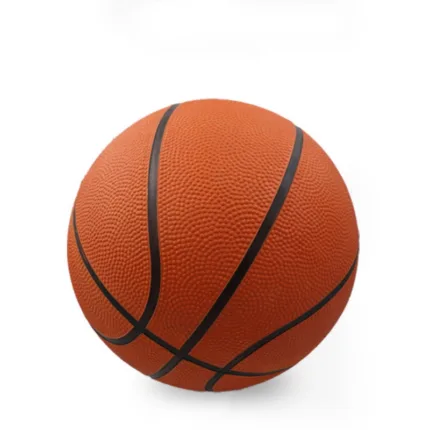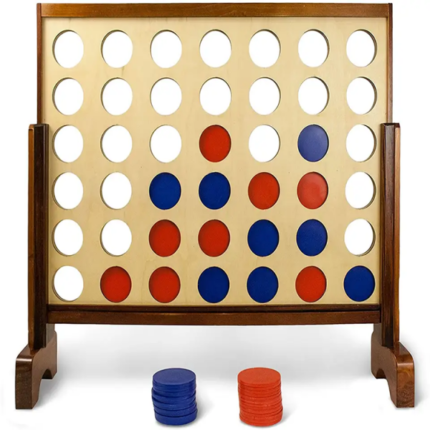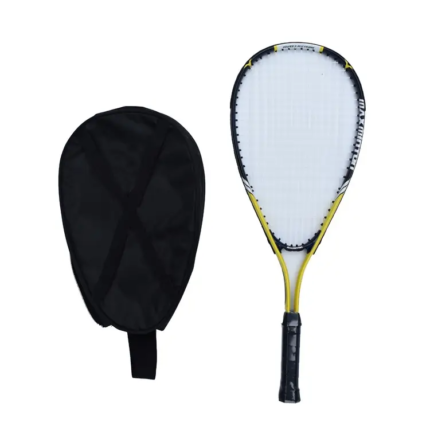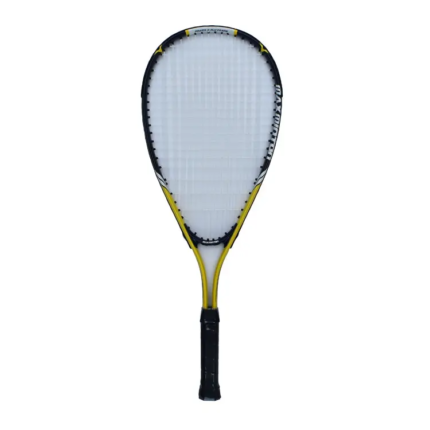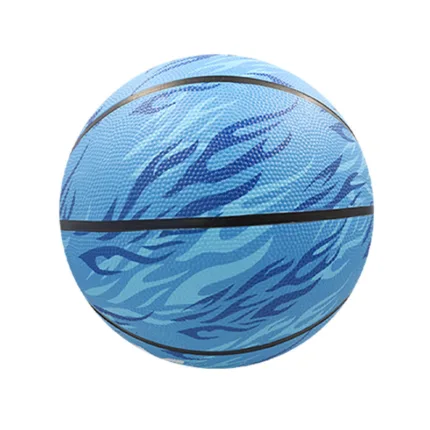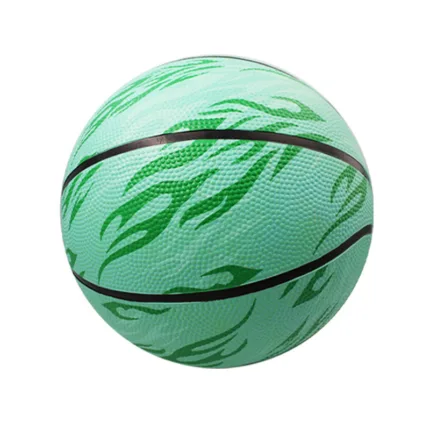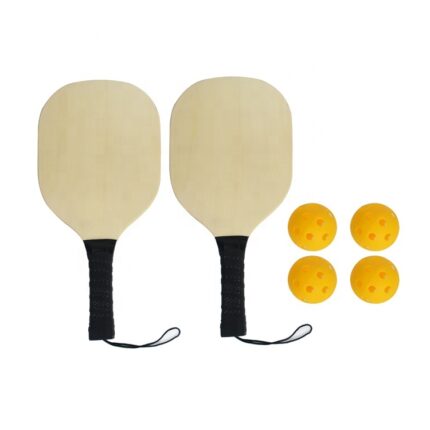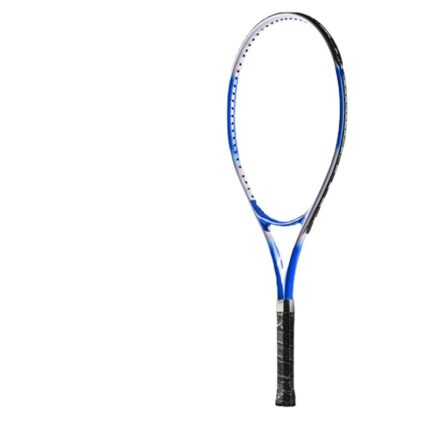Product details
| Product name | wooden cricket bat baseball bat with tennis ball |
| Description | outdoor sports |
| Product size | club φ3.8 X 64cm |
| Color | multi color |
| Material | wood |
| Package | accept customization |
| Logo | support to follow client’s brand |
| Deliver time | depend on order quantiy |
| Sample time | 5-7 working days if custom as client’s brand |
| Payment terms | 30% deposit with balance against BL copy (when order above usd5000) |
Detailed Images






A cricket bat is a specialised piece of equipment used by batters in the sport of cricket to hit the ball, typically consisting of a cane handle attached to a flat-fronted willow-wood blade. It may also be used by a batter who is making batter’s ground to avoid a run out, by holding the bat and touching the ground with it. The length of the bat may be no more than 38 inches (96.5 cm) and the width no more than 4.25 inches (10.8 cm). Its use is first mentioned in 1624. Since 1979, a law change has provided that cricket bats can only be made from wood.
The blade of a cricket bat is a wooden block that is generally flat on the striking face and with a ridge on the reverse (back) which concentrates wood in the middle where the ball is generally hit. The bat is traditionally made from willow wood, specifically from a variety of white willow called cricket bat willow (Salix alba var. caerulea), treated with raw (unboiled) linseed oil, which has a protective function. This variety of willow is used as it is very tough and shock-resistant, not being significantly dented nor splintering on the impact of a cricket ball at high speed, while also being light in weight. The face of the bat is often covered with a protective film by the user. In 1900 Percy Stuart Surridge developed a reinforced toe.
The blade is connected to a long cylindrical cane handle, similar to that of a mid-20th-century tennis racquet, using a splice. The handle is usually covered with a rubber grip. Bats incorporate a wooden spring design where the handle meets the blade. The current design of a cane handle spliced into a willow blade through a tapered splice was the invention in the 1880s of Charles Richardson, a pupil of Brunel and the first Chief Engineer of the Severn Railway Tunnel.Spliced handles had been used before this but tended to break at the corner of the join. The taper provides a more gradual transfer of load from the bat’s blade to the handle and avoids this problem.
The edges of the blade closest to the handle are known as the shoulders of the bat, and the bottom of the blade is known as the toe of the bat.
Bats were not always this shape. Before the 18th century, bats tended to be shaped similarly to modern hockey sticks. This may well have been a legacy of the game’s reputed origins. Although the first forms of cricket are obscure, it may be that the game was first played using shepherd’s crooks.
Evolution of the cricket bat
The bat generally recognised as the oldest bat still in existence is dated 1729 and is on display in the Sandham Room at The Oval in London.


